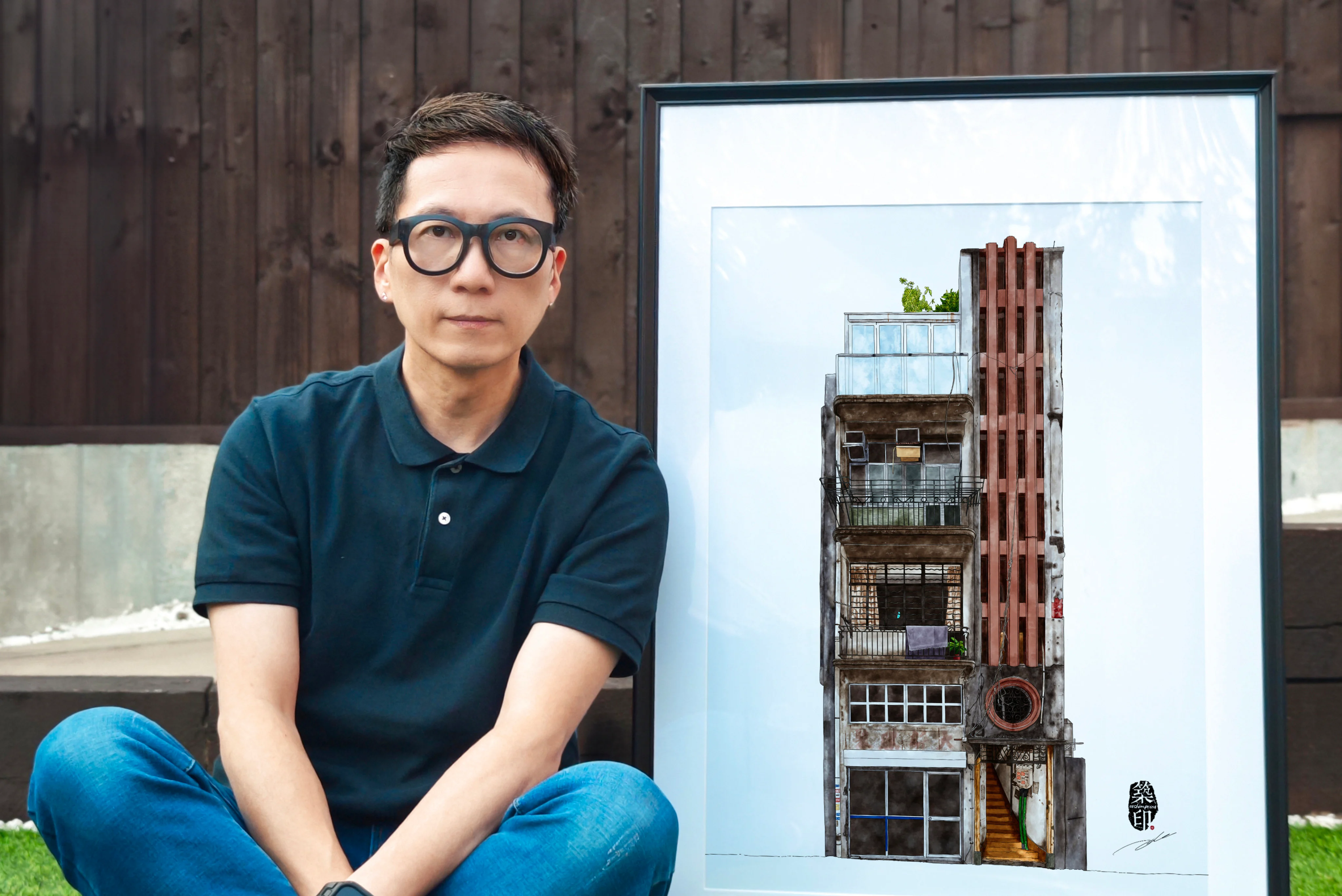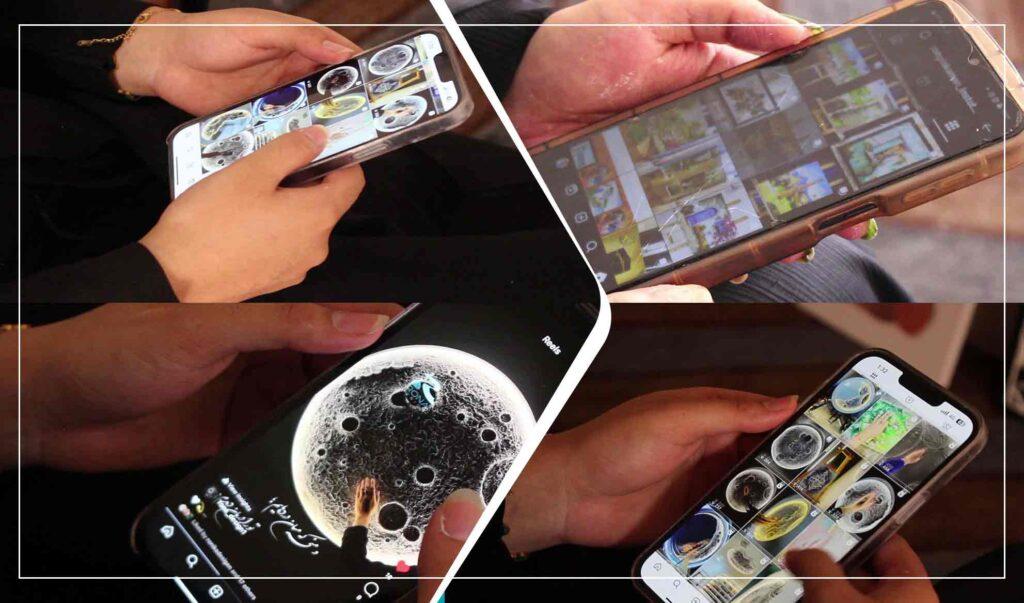By Jimmy Chow
Copyright scmp

When Hong Kong illustrator Liu Chi-leung walked past his old primary school in Western District a few years ago, he noticed familiar streetscapes disappearing under redevelopment.
Liu, who goes by the pen name LeE-papa, sketched one of the buildings and shared it online.
“I put it on Facebook, and old classmates and neighbours recognised it. Some shared their memories, which gave me the motivation to keep going.”
That small act grew into Archimprint, his ongoing project to preserve Hong Kong’s urban memory through detailed drawings, and it has now earned him a place as a finalist in this year’s Spirit of Hong Kong Awards in the culture category.
Liu continued to create illustrations of endangered pawnshops, cafes and post-war buildings, or “tong lau”, turning them into a visual archive of Hong Kong’s built heritage.
Earlier this year, he captured Western Market before it closed in October, photographing it by day and night and later penning a reflection titled “Imperfect yet Unfinished Memory of Western Market.”
He is also hoping to document Wah Fu Estate, another landmark facing redevelopment, in the same way he has preserved other city icons.
In recent years, Liu has divided his time between Hong Kong and the UK, where he relocated in 2023, bringing his mission to a wider stage.
His first solo exhibition, “Somewhere in Time”, opened at Jockey Club Lei Yue Mun Plus in 2022, featuring 34 digital and photographic works that laid out his vision of documenting disappearing architecture in Hong Kong.
The following year, his drawings travelled overseas, with five pieces shown at Horsham Museum and Art Gallery.
In July 2025, four new works were added to Horsham’s Summer-Autumn collection for a long-term display running through November 2025.
He was also selected in the same month as an exhibiting artist at the London Art Biennale, held at Chelsea Old Town Hall.
Such exhibitions have introduced his works to new audiences, including older Britons who once lived in Hong Kong and Europeans drawn to the city’s East-meets-West culture and charm.
“When they saw the drawings, they remembered the streets, the food, even the smell,” he said. “It reminded me that Hong Kong’s architecture is not just our memory. It belongs to many people overseas, too.”
Exhibitions abroad have not only led to sales, but also prompted meaningful conversations for Liu.
“Audiences would stand in front of my drawings for more than 10 minutes, studying every detail and then asking me why a building disappeared,” he said. “That kind of attentiveness and dialogue is what keeps me going.”
Among them was a 10-year-old pupil who stood in front of one of his drawings.
Liu recalled the boy said it was a pity the original building had been demolished, but he was glad the drawing kept a trace of it alive.
“What he said was truly moving,” Liu recalled. “I was very surprised to hear that from a child and it gave me encouragement to keep going.”
For Liu, the hope is not only to preserve the past but also to spark curiosity in the next generation. While he recognised that children today are more likely to draw on iPads than on paper, he said he believed art could still serve as a bridge.
“If they see a drawing online, if they stop for even a moment to appreciate an old building before it’s gone, then I’ve succeeded,” he said.
Through Facebook, Instagram and exhibitions in both Hong Kong and the UK, Liu continues to bring disappearing streetscapes to life.
“Hong Kong’s old architecture is made of bricks and stone, but it also carries stories and emotions. If we can preserve even a part of that through art, the collective memory will live on.”
The Spirit of Hong Kong Awards is co-organised by the South China Morning Post and Sino Group to recognise the efforts of the city’s unsung heroes who contribute to the community or inspire others with stories of how they overcome personal challenges.



